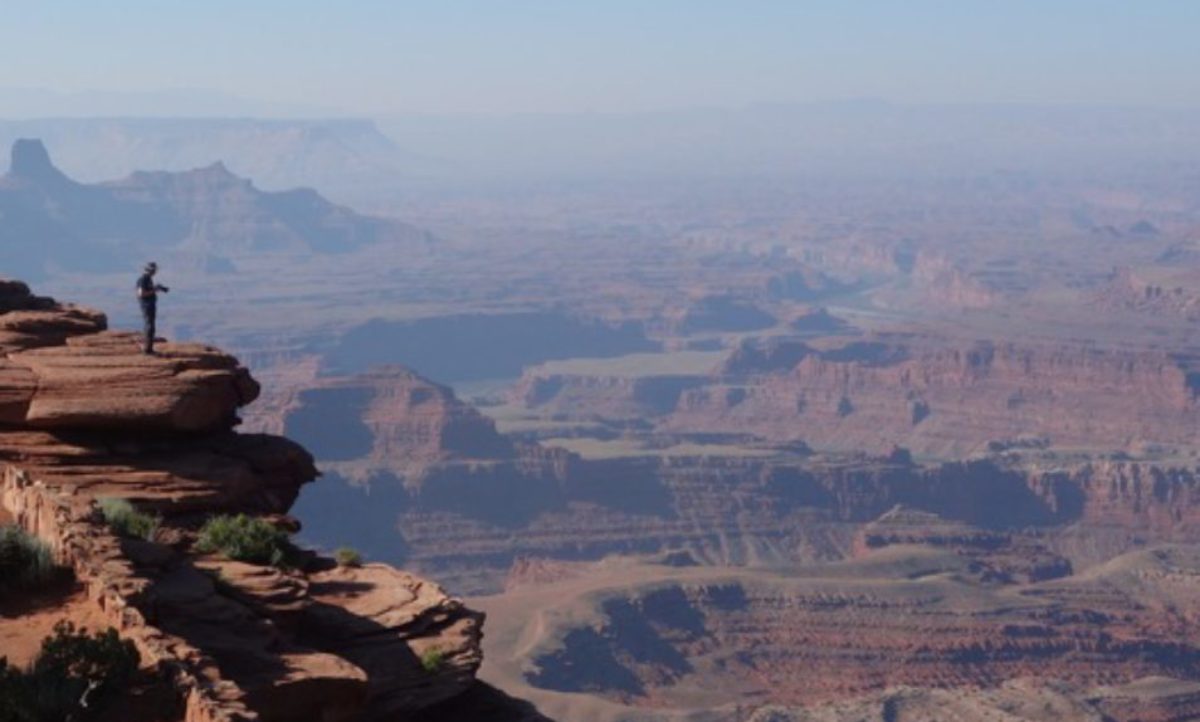
We’ve spent time in lovely Lisbon, examining its many areas and sites for the past two days.
The Alfama district is the city’s oldest and we strolled around the neighborhood Sunday morning while all was quiet, and enjoyed the architecture and culture. As the city was waking, we intermingled with the people and watched the beginnings of a festival that was about to take place. There was also a bicycle race in the district that was about to begin. The locals were gathering to cheer the bicyclists on



One interesting note: on the walls of the district were portraits of the residents, some who have departed this earth and others who are still alive and working in the community. One remarkable example was the photo of a lady, Maria Luz, who still runs the neighborhood laundry service, where clothes are still washed and scrubbed by hand using washboards. As we were looking in the shop, Maria herself passed by in the street! Wow! What a moment. 

In the Belém district, we visited two important sites:

This is the church at the San Jerónimos Monastery, a UNESCO World Heritage site. The flamboyant architectural style is called Manueline, after King Manuel I, and was built to celebrate Portugal’s seafaring past.

Also in Belém district, the Monument to the Discoveries has a dramatic location at the bustling waterfront along the Tagus river.
Sunday afternoon was spent in the charming town of Sintra, in the mountains, a short distance away. In the nineteenth century, this town was composed of the rich and famous – power brokers, mainly nobility- who built fantastic fairy tale palaces and castles in the forest to serve retreats from the rigors of power. The fanciful form of architecture during this period, called Portuguese Romanticism, rivaled the imagination and one could see the craziness of a King Ludwig or Gaudí with effects from Walt Disney. This was truly mind-boggling.


The biggest and most resplendent of all was the Palace and Park of Pena, built by Dona Maria II, Queen of Portugal and her consort, Don Fernando II, known as the Artist-King. Dona Maria died in childbirth after having had eleven children ; Don Fernando remarried; his second wife, the Countess of Elda continued work on the structure and had a key role in the design of the palace’s interiors and gardens. The second couple remained childless. There had been a structure on the property since medieval times, the first being a twelfth century chapel dedicated to Our Lady of Pena. It is located on the very top of the hill. Getting there required two busses, our tour bus and a park shuttle bus.





At the end of our visit, instead of taking the shuttle back to the ticket office, we strolled through the gardens, which ran from the top of the hill to the bottom, where our tour began. The park is composed of exotic plants from all over the world and there are vast expanses of gardens of varying types. Here are just a few photos of what was an overwhelming horticultural experience.




In the evening we had our experience listening to a fado singer and her group at a local restaurant serving traditional Portuguese cuisine. Fado is a musical experience that is unique to the country, and the lyrics are very important. Taken from poetry, themes involve love and loss, but can also be expressions of hope and happiness. In all cases, these are very emotional songs, and the fado tradition has passed on for generations.
This is morning we left Lisbon for an artistic experience: tile making. We learned how tiles are made and made our own, which will be finished for us and delivered to our hotel when we arrive in Madrid, at the conclusion of our trip. My sister did a bird tile I did sort of a flower – not my best work. It will be interesting to see how they turn out.



Next came cheese making, held in the local cheese museum, where some of us were given the opportunity to participate in the process . Following that, we had a cheese tasting; cheeses aged for different periods of time were brought out, including those made by our trip mates.
We were also served a lovely lunch of pea soup, vegetables and turkey, followed by fruit and an egg yolk rolling cake.


At the end of the meal, I visited with the canines, who were soaking up a sunny day.



We returned to town for one more stroll through the waterfront, to visit this elevator built by a student of Gustavo Eiffel. We had free time in the late afternoon, time to pack for our next location, as we go from Lisbon to Evora tomorrow. We’re delighted that our new driver will be the husband of Susanna, our superlative guide.


